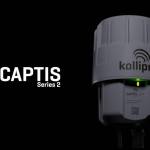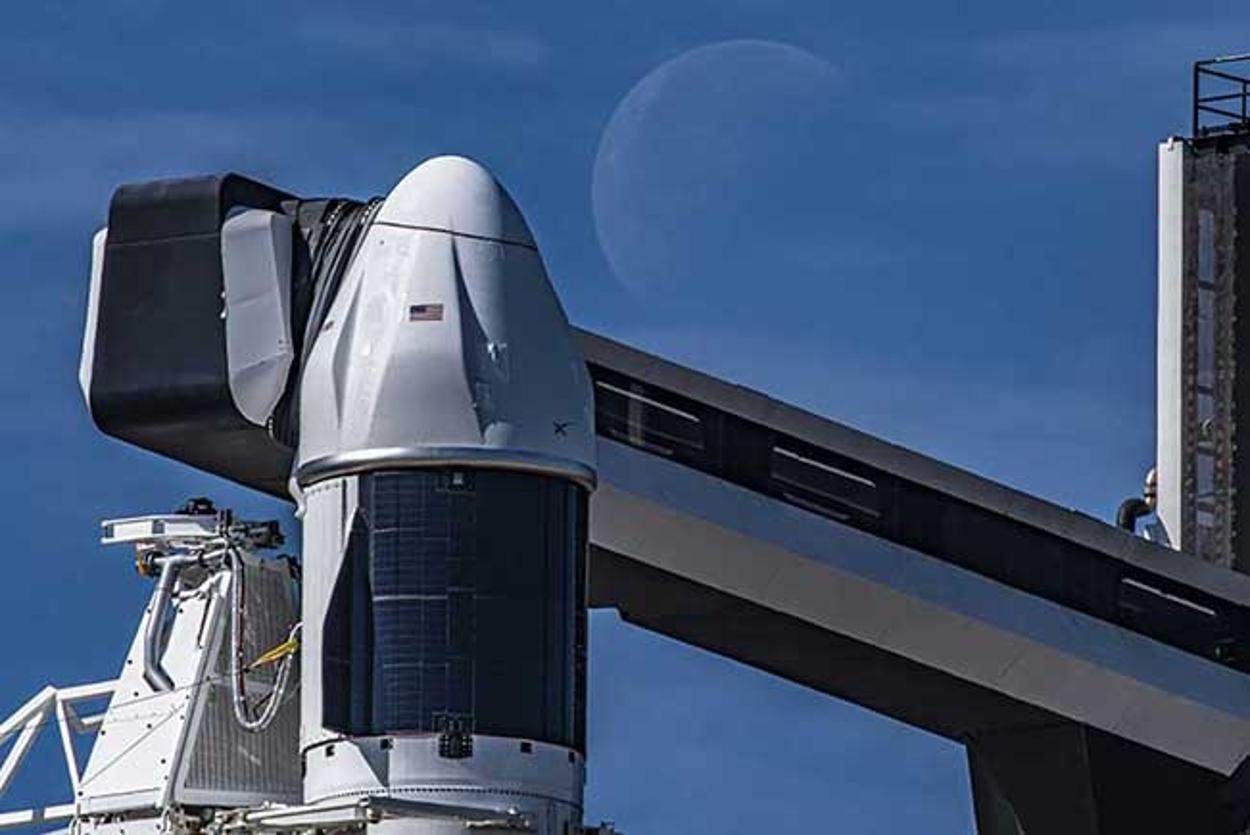The innovative technology, known as the Multi-resolution Scanner (MRS), will be deployed aboard SpaceX’s 30th Commercial Resupply Services mission (SpaceX CRS-30), representing a remarkable advancement in space research and imaging capabilities.
The launch of the MRS aboard SpaceX CRS-30 marks a historic moment in the journey towards unlocking the mysteries of space.
The MRS, developed by Boeing Australia and CSIRO, is poised to revolutionise the way space environments are mapped and analysed. Designed to operate autonomously, the MRS will be integrated into the Astrobee autonomous free-flying robotic system aboard the ISS.
The cutting-edge scanner is equipped with state-of-the-art technology that enables it to rapidly generate high-resolution 3D maps of space environments with unprecedented precision and detail.
Mr. Marc Elmouttie, project lead of the MRS payload at CSIRO, will be providing insights into this groundbreaking technology during a live webinar scheduled for Friday, March 8, at 1 p.m. EST (4 a.m. Saturday, March 9, in Brisbane).
During the webinar, Mr. Elmouttie will elaborate on the capabilities of the MRS and demonstrate how it will enhance our understanding of space environments by providing real-time data and imagery.
The integration of the MRS into the ISS infrastructure represents a significant collaboration between Boeing Australia, CSIRO, and SpaceX, highlighting the importance of international partnerships in advancing space exploration and scientific research.
This milestone achievement underscores the commitment of these organisations to pushing the boundaries of innovation and technology to unlock new possibilities in space exploration.
he Center for the Advancement of Science in Space (CASIS) manages the ISS National Lab, under Cooperative Agreement with NASA, facilitating access to its permanent microgravity research environment, a powerful vantage point in low Earth orbit, and the extreme and varied conditions of space.







